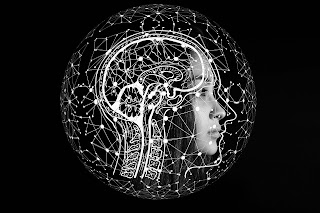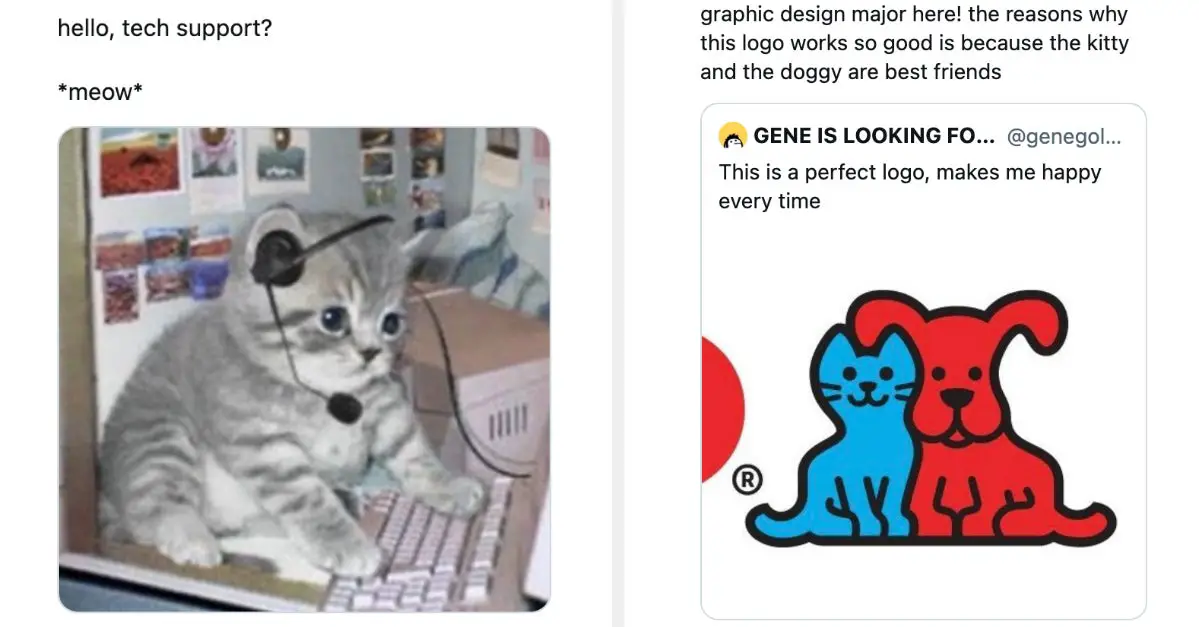Because of safety and reputational risks, Google has been slower than competitors to launch AI-powered products. But fierce competition from competitors Microsoft, OpenAI, and others has left it no choice but to start, says Chirag Shah, a computer science professor at the University of Washington.
It’s a high-risk strategy, given that AI language models have numerous flaws with no known fixes. Embedding them into its products could backfire and run afoul of increasingly hawkish regulators, experts warn.
Google is also opening up access to its ChatGPT competitor, Bard, from a select group in the US and the UK to the general public in over 180 countries. Bard will “soon” allow people to prompt it using images as well as words, Google said, and the chatbot will be able to reply to queries with pictures. Google is also launching AI tools that let people generate and debug code.
Google has been using AI technology for years in products like text translation and speech recognition. But this is the company’s biggest push yet to integrate the latest wave of AI technology into a variety of products.
“[AI language models’] capabilities are getting better. We’re finding more and more places where we can integrate them into our existing products, and we’re also finding real opportunities to provide value to people in a bold but responsible way,” Zoubin Ghahramani, vice president of Google DeepMind, told MIT Technology Review.
“This moment for Google is really a moment where we are seeing the power of putting AI in people’s hands,” he says.
The hope, Ghahramani says, is that people will get so used to these tools that they will become an unremarkable part of day-to-day life.
One-stop shop
Google’s announcement comes as rivals like Microsoft, OpenAI, and Meta and open-source groups like Stability.AI compete to launch impressive AI tools that can summarize text, fluently answer people’s queries, and even produce images and videos from word prompts.
Source link










Leave a Reply